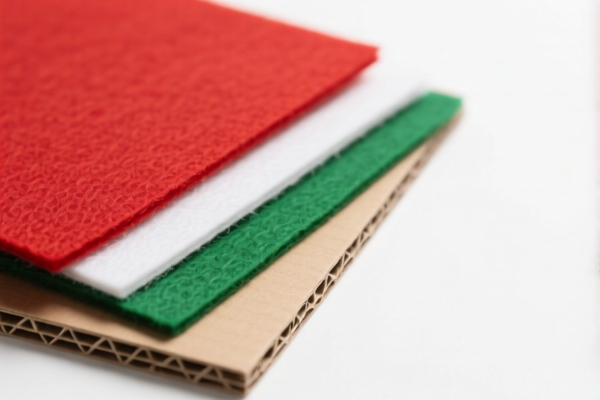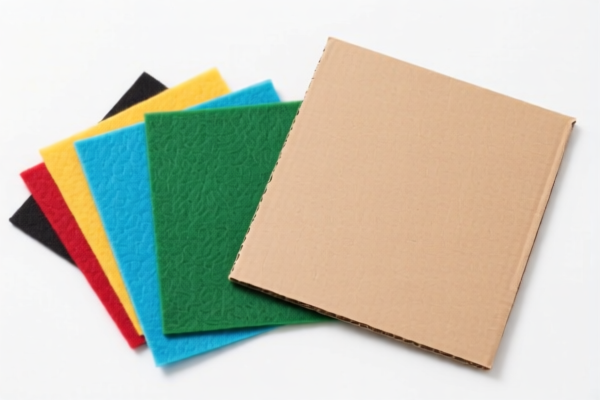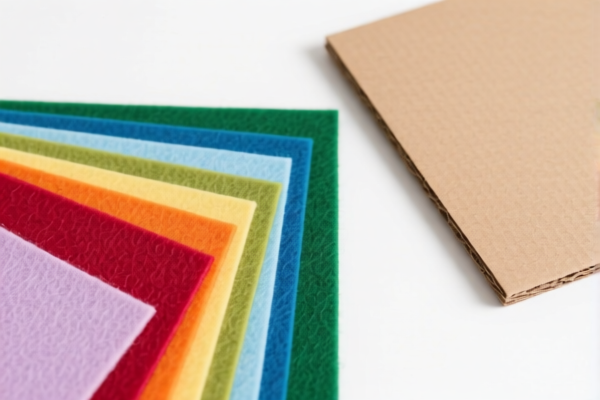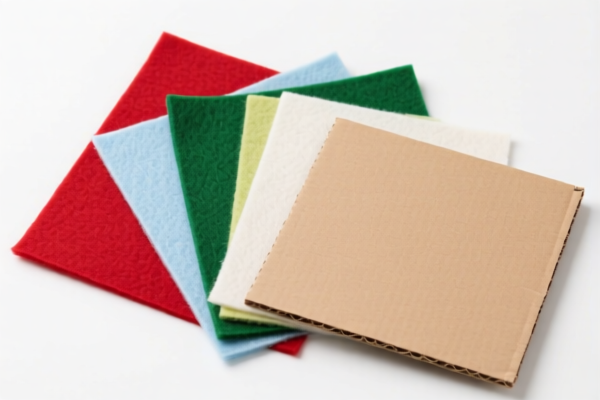| HS Code | Official Doc | Tariff Rate | Origin | Destination | Effective Date |
|---|---|---|---|---|---|
| 4802100000 | Doc | 55.0% | CN | US | 2025-05-12 |
| 4801000120 | Doc | 55.0% | CN | US | 2025-05-12 |
| 4801000140 | Doc | 55.0% | CN | US | 2025-05-12 |
| 4804590000 | Doc | 55.0% | CN | US | 2025-05-12 |
| 4911998000 | Doc | 37.5% | CN | US | 2025-05-12 |
| 4911996000 | Doc | 37.5% | CN | US | 2025-05-12 |
| 4906000000 | Doc | 37.5% | CN | US | 2025-05-12 |
| 9701210000 | Doc | 37.5% | CN | US | 2025-05-12 |
| 9701290000 | Doc | 37.5% | CN | US | 2025-05-12 |
| 9620005500 | Doc | 58.3% | CN | US | 2025-05-12 |
| 9620005000 | Doc | 60.3% | CN | US | 2025-05-12 |
| 9602001040 | Doc | 40.5% | CN | US | 2025-05-12 |
| 9602001080 | Doc | 40.5% | CN | US | 2025-05-12 |
| 3503001000 | Doc | 1.2¢/kg + 1.5%+37.5% | CN | US | 2025-05-12 |
| 3503005550 | Doc | 2.8¢/kg + 3.8%+37.5% | CN | US | 2025-05-12 |




Handmade Paper
Handmade paper encompasses a diverse range of papers produced through labor-intensive processes, distinct from those manufactured by mechanized methods. It is characterized by unique textural qualities, deckle edges, and often, the visible inclusion of plant fibers.
Material
The primary raw material is cellulose fiber, sourced from a variety of plants. Common sources include:
- Bast Fibers: Derived from the inner bark of plants like flax, hemp, ramie, and abaca (Manila hemp). These fibers are known for their strength and durability.
- Linter: Made from cotton rags or cotton linters (short fibers remaining on cottonseeds after ginning). Cotton is prized for its softness and purity, resulting in high-quality, archival papers.
- Wood Pulp: While less common in traditional handmade paper, wood pulp can be used, often recycled or sourced from sustainable forests.
- Other Plant Fibers: Kozo (mulberry), mitsumata, and gampi (all from Japan) are highly regarded for their long, strong fibers and unique characteristics. Other materials like banana, pineapple, and even grasses can be incorporated.
Purpose
Handmade paper serves a broad spectrum of applications, often chosen for aesthetic or functional reasons:
- Artistic Applications: Watercolor painting, printmaking (etching, lithography, screenprinting), calligraphy, drawing, collage, and paper sculpture.
- Stationery: Wedding invitations, letter writing, special occasion announcements.
- Book Arts: Limited edition books, journals, and artist books.
- Conservation & Archival Purposes: Repairing and reinforcing old documents, creating long-lasting records.
- Decorative Uses: Lamp shades, wall coverings, and other artistic installations.
Function
The functionality of handmade paper stems from its unique properties:
- Fiber Strength: Long fibers contribute to increased tear resistance and durability.
- Absorbency: Varies depending on fiber content and sizing. Cotton papers are highly absorbent, ideal for watercolor.
- Surface Texture: Offers a range of textures, from smooth and refined to rough and fibrous, influencing the interaction with inks, paints, and other media.
- Dimensional Stability: Good quality handmade paper exhibits minimal shrinkage or stretching when wet.
- pH Neutrality: Archival papers are typically pH neutral to prevent degradation over time.
Usage Scenarios
- Watercolour Painting: The paper's absorbency allows for blending and layering of pigments.
- Calligraphy & Lettering: The texture provides character and prevents feathering of inks.
- Printmaking: The fibrous surface holds ink well for detailed impressions.
- Bookbinding: Strong, durable papers are used for text blocks and covers.
- Gift Wrapping & Packaging: Provides a unique and artisanal touch.
Common Types
- Cotton Paper: Highly regarded for its softness, purity, and absorbency. Often used for watercolor and stationery.
- Kozo Paper (Mulberry Paper): Japanese paper known for its strength, long fibers, and translucent quality.
- Mitsumata Paper: Japanese paper prized for its smooth surface and elegant sheen.
- Gampi Paper: Japanese paper valued for its natural luster and subtle texture.
- Lokta Paper: Nepalese paper made from the bark of the Lokta plant, known for its strength and distinctive texture.
- Recycled Cotton Paper: Made from reclaimed cotton rags, offering an environmentally friendly option.
- Seed Paper: Contains embedded seeds, allowing the paper to be planted and grow into flowers or herbs.
Handmade paper refers to paper and paperboard produced by manual techniques, typically used for writing, printing, or other graphic purposes. It is distinct from mass-produced paper and often valued for its unique texture and appearance.
The following HS codes are relevant to handmade paper, based on the provided reference material:
-
4802100000: This HS code covers uncoated paper and paperboard of a kind used for writing, printing or other graphic purposes, and non perforated punch-cards and punch tape paper, in rolls or rectangular (including square) sheets, of any size, other than paper of heading 4801 or 4803. Specifically, it includes handmade paper and paperboard.
- 48: Chapter 48 relates to Paper or paperboard; manufacture of paper pulp, paper and paperboard.
- 02: Heading 02 specifies paper and paperboard not containing wood pulp. This includes handmade paper.
- 100000: This further defines the specific category as uncoated paper and paperboard for writing, printing, or graphic purposes, excluding certain types.
-
4802100000 has a base tariff of 0.0%, an additional tariff of 25.0%, and an additional tariff of 30.0% after April 2, 2025, resulting in a total tariff of 55.0%.
Please note that the classification of handmade paper under HS code 4802100000 depends on it not falling under the exclusions specified in heading 4801 or 4803.
Customer Reviews
No reviews yet.